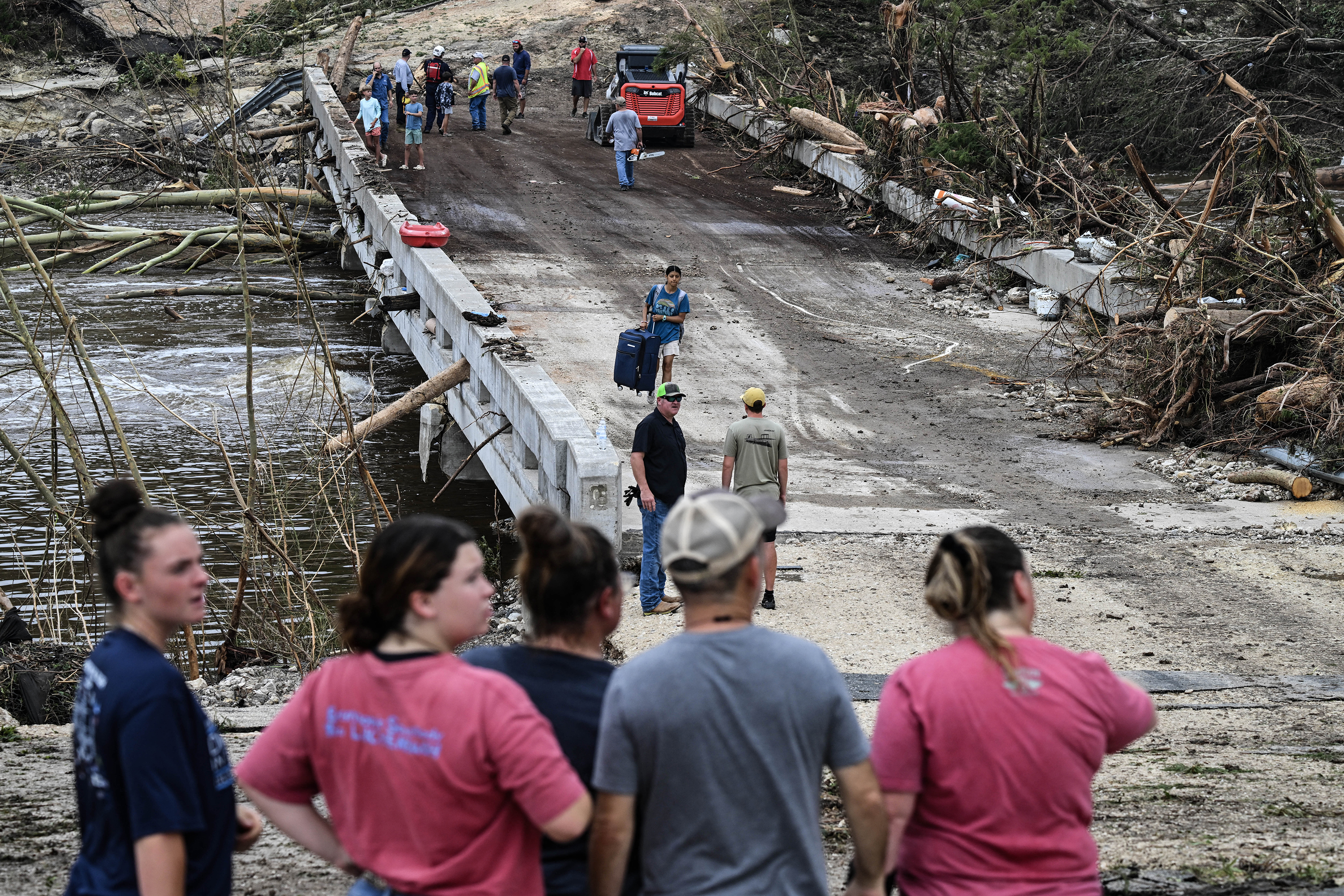Is Trump’s COVID-19 response improving? We’ll see
Published 11:11 pm Friday, March 13, 2020
Even if he won’t admit it, President Donald Trump botched his initial response to the coronavirus outbreak that is now officially a pandemic. CNN counts 28 different ways Trump and senior members of his administration have misinformed the public, starting with his Feb. 10 assertion without evidence that “it dies with hotter weather” and “will go away in April” and his baseless Feb. 24 claim the situation “is very much under control.”
Even as cases began to appear in the United States, the Centers for Disease Control forbade hospital labs from devising their own COVID-19 tests, then put out a defective test of its own. A report Wednesday that the White House had ordered that federal deliberations on the coronavirus response be classified fails what former U.S. Treasury Secretary Henry M. Paulson Jr. says he learned from the nation’s handling of the 2008 financial crisis: “Transparency is essential.”
This past week, though, felt like a turning point — both in the recognition of the threat’s seriousness and the breadth of the response. In an Oval Office address Wednesday night, the president suspended travel from Europe to the U.S. for 30 days while underscoring the seriousness of the disease and the fact that “smart action today will prevent the spread of the virus tomorrow.” There are also reassuring signs that local, state and federal authorities — and a long list of institutions — are responding proactively and appropriately. From K-12 school districts to college campuses coast to coast, classes are being canceled or moved online. Large sports and entertainment events are being delayed or canceled. Air travel is being curtailed and gatherings are being discouraged or banned. Lazy, foolish depictions of COVID-19 as no more worrisome than seasonal flu are giving way to the recognition that it’s 10 times as lethal, as Dr. Anthony Fauci, director of the National Institute of Allergy and Infectious Diseases, told a House committee on Wednesday.
Fauci says the U.S. should act to more aggressively prevent the virus’ spread, starting with doing more to prevent the arrival of infected people from other nations. Given that the number of known U.S. infections just topped 2,100 (with over 51 deaths) and that on Wednesday, the World Health Organization formally declared COVID-19 to be a pandemic — defined as the worldwide spread of a new disease — the U.S may still have to consider something as extreme as Italy’s national quarantine.
For now, what is encouraging is that another nation — South Korea — has shown it’s possible for a government to bounce back after initial missteps. There were calls for President Moon Jae-in’s ouster after the economic powerhouse reacted slowly for weeks to reports that dozens of infected Chinese tourists had brought in coronavirus. But the nation’s number of new cases being reported daily is dwindling after the government made mass testing available requiring no physical contact through 53 drive-through clinics. More South Koreans are tested on average each day than have been tested in all of the U.S. so far. The government also has put out an app that uses GPS to show the location of COVID-19 patients without disclosing their names.
The Mayo Clinic in Minnesota has started drive-through testing for COVID-19, as have clinics in Colorado, Connecticut and Washington. Best practices, concerted efforts and strategies like social distancing will eventually help slow the spread of the coronavirus outbreak, but it will keep taking a harsh toll on the economy. With a rash of bankruptcies possible, staving off economic disaster will be Trump’s next huge task after the health scare fades.
The challenge after that one? Figuring out how to be better prepared for the inevitable next contagion.
— The San Diego Union-Tribune






